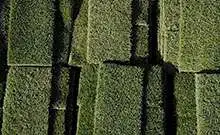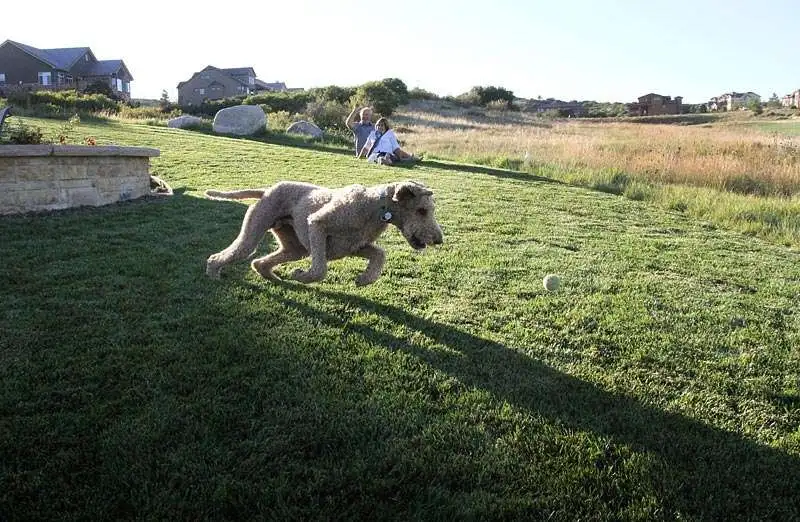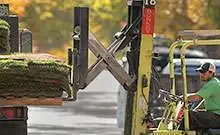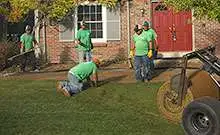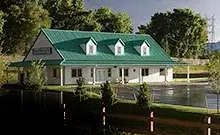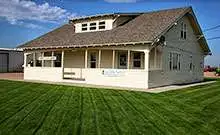Is Birding on the Menu? Here’s What’s on the Other End of Your Binoculars at Carson Nature Center
Situated on the banks of the South Platte River in the Denver suburb of Littleton, Colorado, South Platte Park and Carson Nature Center is an undeveloped oasis comprised of 880 acres of natural wetlands, cottonwood forests, grasslands, and vegetative thickets. Fishing, biking, hiking, picnicking, and wildlife watching are all part of the picture here. Hundreds of avian species call this riparian ecosystem their home. The excellent trail system makes it an excellent birdwatching option, no matter if the goal is a short visit or a day-long excursion.
As part of the Central Flyway, the South Platte River attracts huge amounts of migrating birds during spring and autumn. It also provides winter habitat for over 50 confirmed species of breeding birds, including owls, sparrows, orioles, and buntings. Migrating bird populations include as many as 21 cucks and three geese species. Birdwatching is a fun hobby that those of all ages and knowledge levels can enjoy. But knowing what’s on the other end of your binoculars will add to the fun. Here’s just a short of some of the birds you may see during an average day at South Platte Park and Carson Nature Center:
Northern Mockingbird
As the only true mockingbird on the North American continent, the Northern Mockingbird is gray and white with long tails. Distinguishable by its long, repeated phrases, this bird earned its name by mimicking the songs of others. They aren’t shy about making their presence known, so if there’s one in the vicinity, you’ll definitely know it.
Belted Kingfisher
If you’ve ever seen a Canadian $5 bill, you’ll recognize the Belted Kingfisher from their trademark shaggy crests crowning their large heads. These gray-blue birds have thick, sharp bills, and unlike most other members of the bird family, the female is more brightly colored than the male.
Great Blue Heron
Silent and usually seen flying solo, the Great Blue Heron is typically found near the water’s edge when not in flight. Although you may see several grouped together when localized food sources are plentiful. On quiet, still mornings, you may be able to hear the swooping sound of their wings as they glide through the air.
Black Billed Magpie
Often spotted in open country and perching on fence posts and signs, Black Billed Magpies are surprisingly graceful in flight. When the sunlight strikes their feathers just right, they’ll shine with a bluish-green iridescent sheen.
Wood Duck
This unique species of duck was almost extinct at the turn of the 20th century due to loss of habitat. However, conservation efforts have restored their population to healthy numbers. They’re most likely seen in shallow marshes and woodland ponds.
The park is open from sunrise to sunset, so if you want to glimpse Great Horned Owls, plan to visit at dawn or dusk for best results. To get the most from your birdwatching adventure, consider gathering a group of family and friends and hiring an on-site naturalist at Carson Nature Center to act as a guide.
Read more about the War Memorial Rose Garden here.

